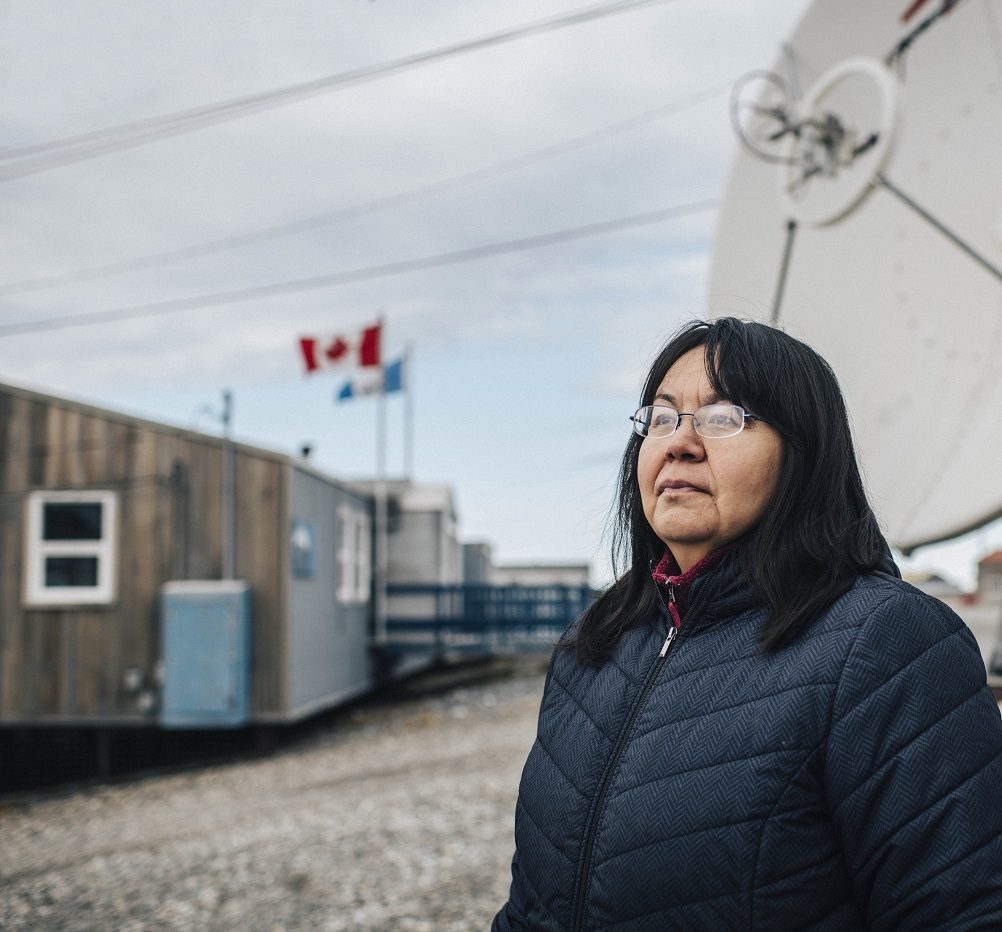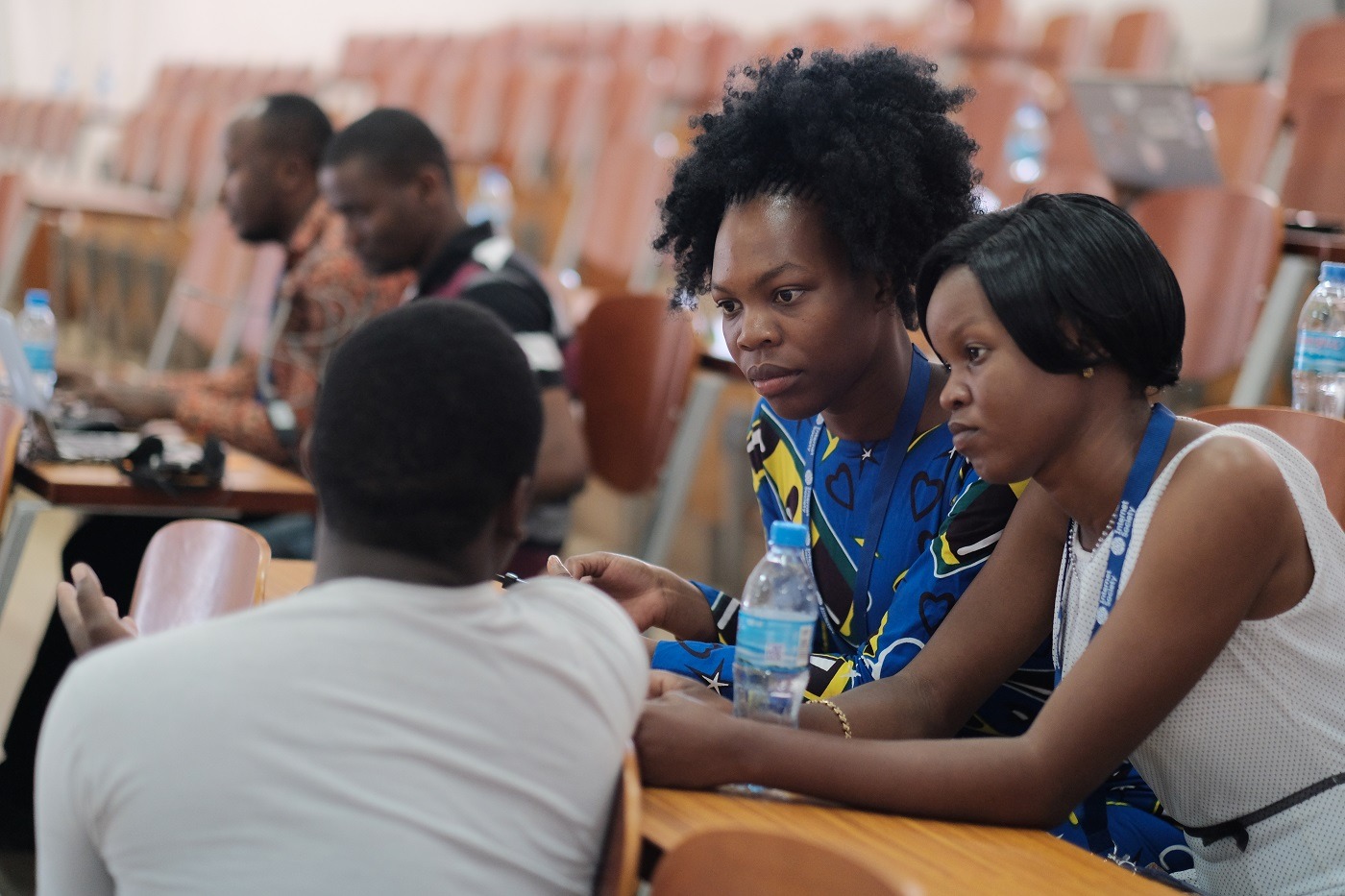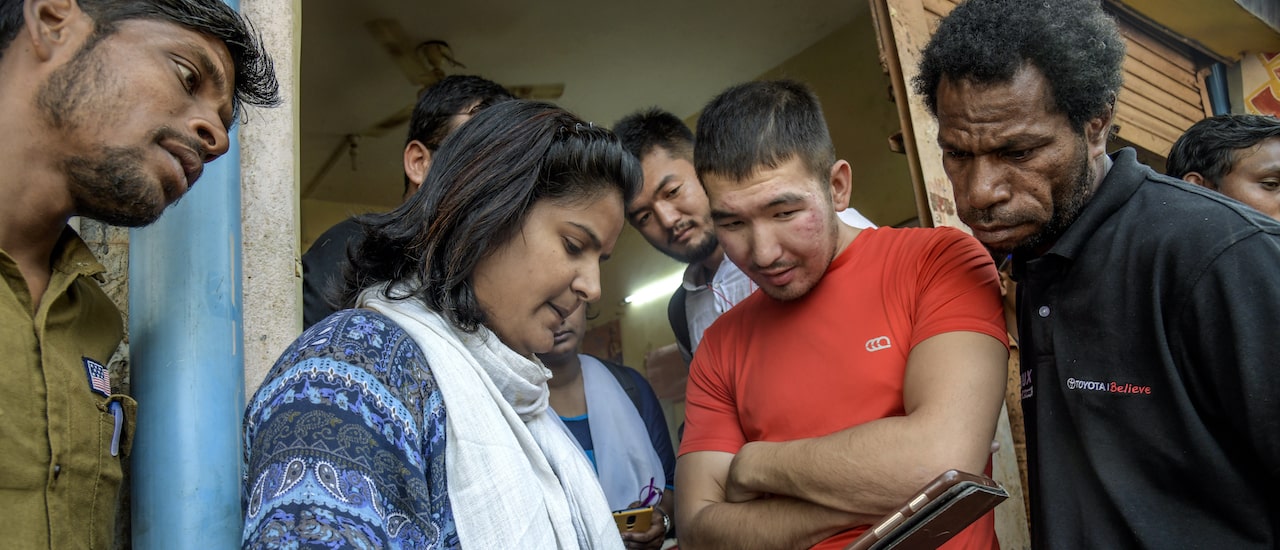
Building a bigger and stronger Internet
Policy Recommendations During the COVID-19 Pandemic
Over the past several months, the coronavirus has shown the world how important the Internet is during a crisis.
The Internet has enabled millions of people to continue working and studying while following stay-at-home orders. It has provided access to crucial health information, and allowed families, separated due to travel restrictions or quarantine, to stay in touch. And, despite significant increases in the volume of traffic on its networks, the Internet has proved that it is up to the challenge. Its technical foundation – a network of networks operated cooperatively by service providers and platforms – has ensured the Internet has not experienced catastrophic failure.
The current pandemic has demonstrated that the Internet is, indeed, a force for good.
However, the coronavirus has also brought many challenges to light. Nearly 50 per cent of the world’s population have not been able to work or study from home because they lack access to the Internet. For many that do have access, slow speeds and high prices characterise their Internet service, preventing them from taking part in daily life. Contact-tracing apps raise privacy concerns around the world. Cyber-attacks directed at the healthcare sector have increased. And, despite the clear need for strong end-to-end encryption as more people work, bank and access healthcare online, law enforcement agencies continue to call for backdoor access to encrypted communications and data.
We can emerge from this crisis with a bigger, stronger, and more trustworthy Internet, regardless of any temporary crisis conditions. If enacted now, the right digital policies can support the global economic recovery and ensure that no one is left behind.
There are specific actions we can take to make sure the unserved and underserved rural, remote, and urban communities have the access they need, and protect Internet users and critical Internet infrastructure.

Make sure those that need access, right now, get it.
To ensure permanent, sustainable access for all, lawmakers and regulators must remove barriers to community-driven connectivity and make resources easier for communities to access.
- Make investments to ensure everyone can access the Internet in times of crisis, before a crisis happens. Crisis response should be factored into the day-to-day policy processes so that emergency measures, like community Wi-Fi access points, can be activated when needed.
- Ensure access to the spectrum granted to facilities hosting emergency Wi-Fi access stations remains permanent after stay-at-home orders are lifted.
- Encourage shipping companies to increase the priority of telecommunications equipment delivery to ensure rapid deployment of networks. Suspend or accelerate customs clearance and import tariffs to facilitate aid to affected communities.
- Enhance local knowledge and capacity to rapidly deploy and maintain networks. Stay-at-home and social distancing orders have proved challenging for deploying new networks or repairing existing ones over the past several months.
- Encourage policies that support the development of community networks at the federal, regional and local level. Amend legislation prohibiting or limiting the development of these networks. Prioritise mesh networks to address affordability in urban areas.
- Engage local governments and/or representative organisations during the early planning stages of any project or policy in their area. This engagement must be made on a community-by-community basis to ensure their unique priorities, challenges and opportunities are taken into account.
- Make criteria for new and existing funding mechanisms, such as government grants and loans, universal service funds, and private foundation grants available for complementary access solutions, such as community networks.
- Make affordable access to spectrum available for complementary connectivity solutions, such as community networks. Prioritise rural, remote and other underserved areas for spectrum allocations.
- Streamline affordable licensing frameworks for community benefit and local/regional Internet Service Providers (ISPs).
- Consider Dig Once (a policy that would mandate fiber to be deployed as part of construction projects like road building) and infrastructure sharing (where two or more telecommunications providers share physical infrastructure in an effort to reduce costs) to facilitate the efficient deployment of middle-mile fiber.

Keep the Internet strong.
Lawmakers and network operators should protect online data flows and ensure that people and organisations continue to trust the Internet.
- Ensure the Internet remains open, globally-connected, secure, and trustworthy. Complex regulatory discussions should not be taken lightly in the context of the pandemic. Any emergency policy or regulation adopted must recognise the decentralised and distributed nature of the Internet.
- Keep security as a top priority for government policies and regulations. Policies and regulations should support the use of end-to-end encryption to protect citizens, countries and national economies everywhere.
- Do not use Internet shutdowns and content blocking actions to address social or civic issues. They often exacerbate the problem rather than solving it, as the actions serve to briefly hide the problem from view.

Good policy is dependent on sound information, reliable measurements, and accurate data.
Lawmakers and regulators must take steps to better understand the challenges of connectivity and security.
- Engage with small, medium and large Internet Service Providers (ISPs), relevant local stakeholders, and recognised technical experts when developing policies to protect and/or support Internet service infrastructure. Trustworthy data sources should be consulted, such as network operator groups (NOGs), domain name registries and regional Internet registries (RIRs).
- Governments and regulators should conduct, support and/or advocate for research that would:
- Conduct measurements of Internet connection speeds/throughput and quality, in partnership with expert organisations like Measurement Lab, Ookla, and OpenSignal.
- Gather reliable statistics and data on Internet usage in underserved areas, as well as on the pricing of Internet services, including bandwidth caps and overage fees.
- Provide qualitative insight into who is unserved and underserved, and where appropriate investment and action is needed.
- To the greatest extent possible, compile, provide open access to, and leverage data regarding the location of critical Internet access infrastructure such as cellular towers, terrestrial fiber, submarine cables, and data centers.
The policy recommendations are also available in Arabic (PDF).
Images:
Community Networks training program participants and community members in Ulukhaktok, Northwest Territories © Angela Gzowski
Delegates at the 4th annual Summit on Community Networks in Africa at the University of Dodoma, Tanzania on 30 October 2019. © Internet Society / Nyani Quarmyne / Panos Pictures
Internet Society’s Community Network Champions project brought together fellows from Africa, the Caribbean, Central Asia, the Middle East, and the Pacific Islands in a 10-day immersive training and knowledge exchange program in India. © Internet Society / Atul Loke / Panos Pictures